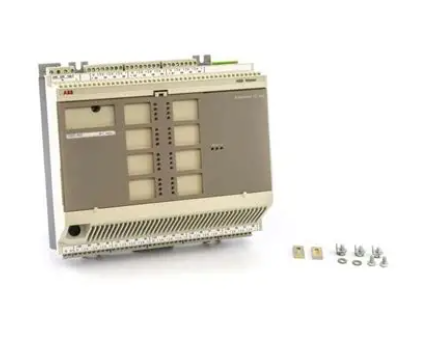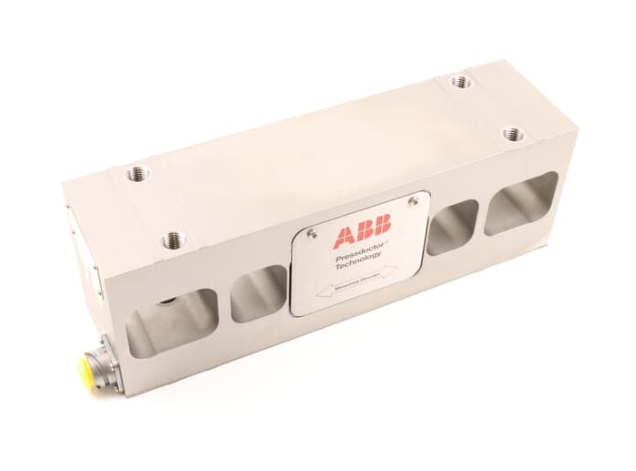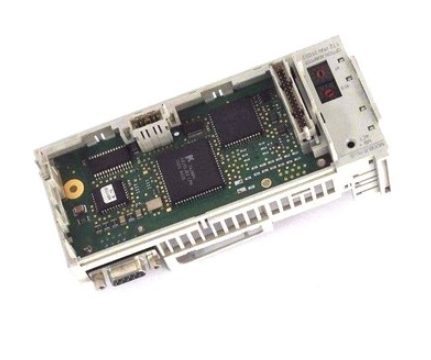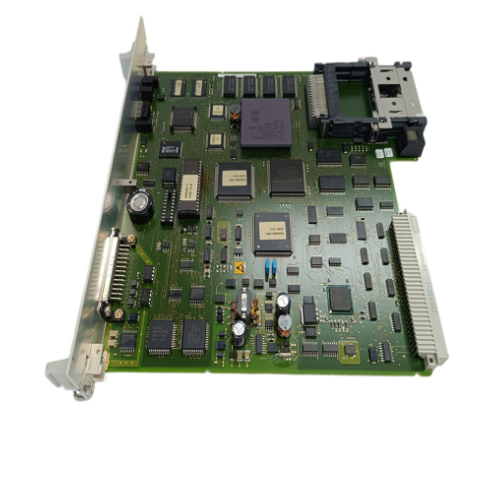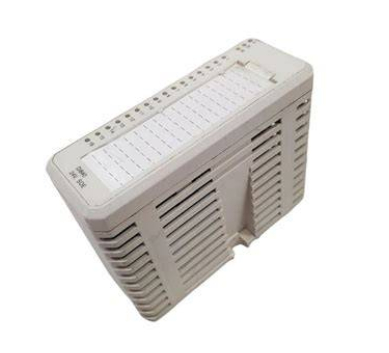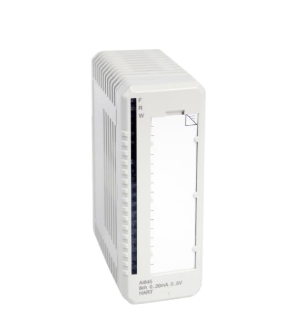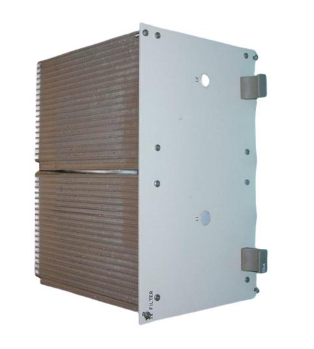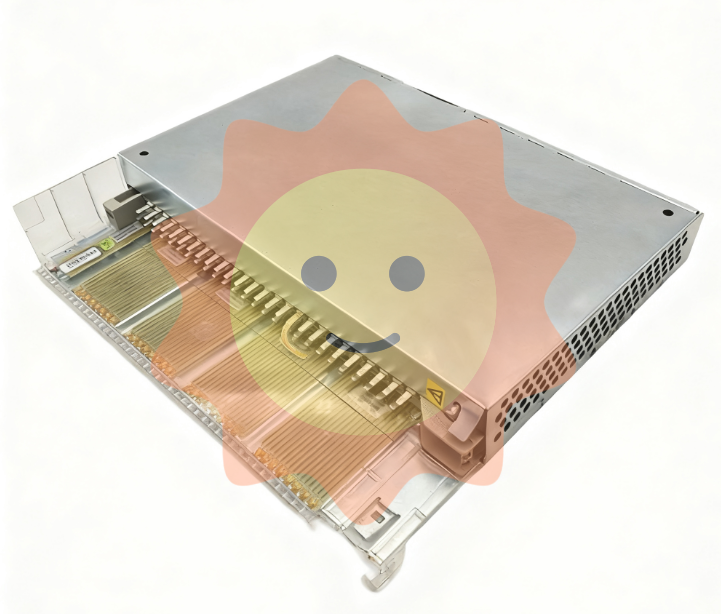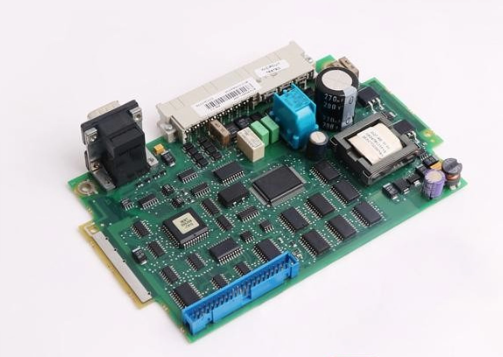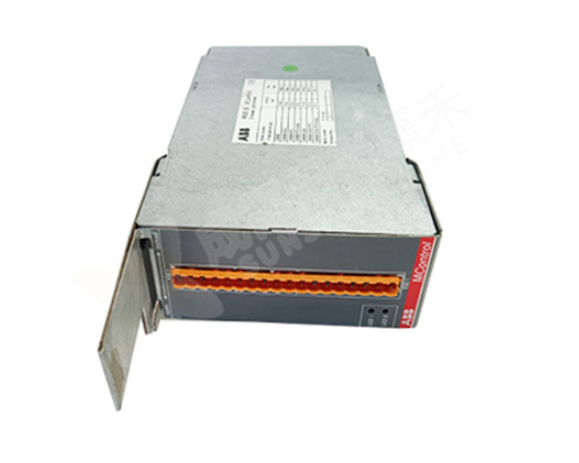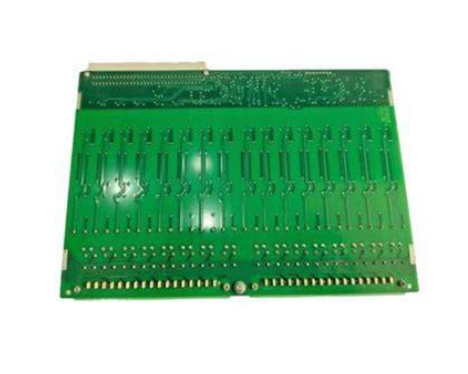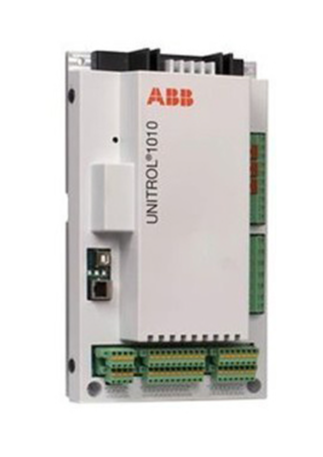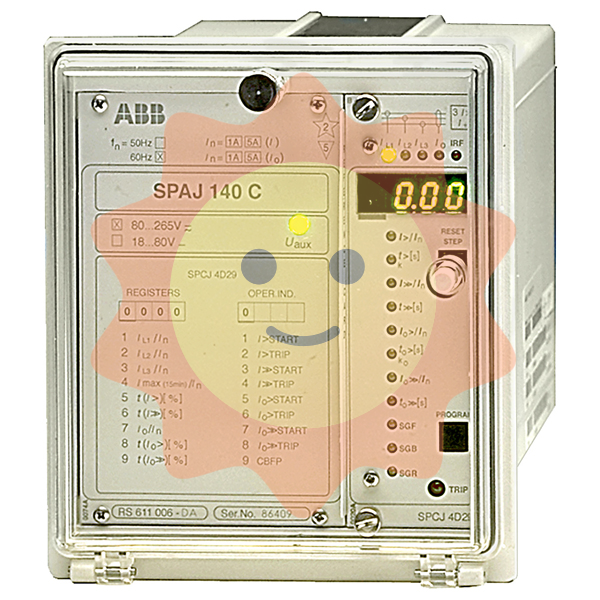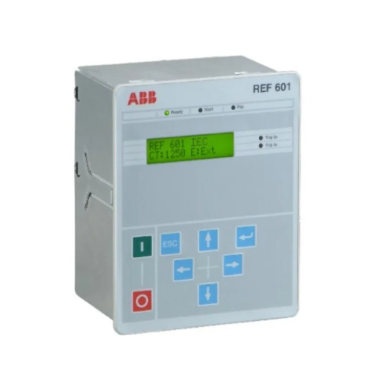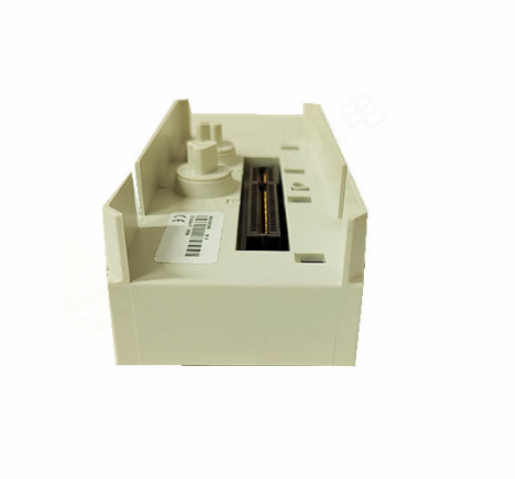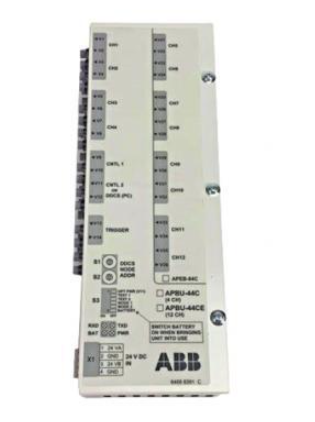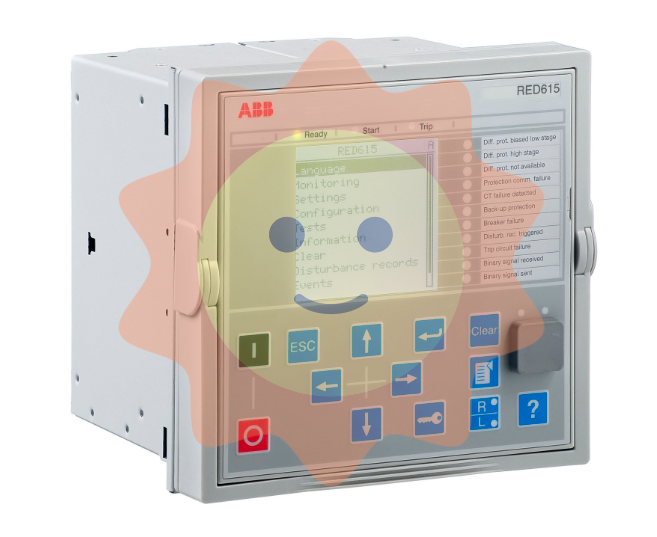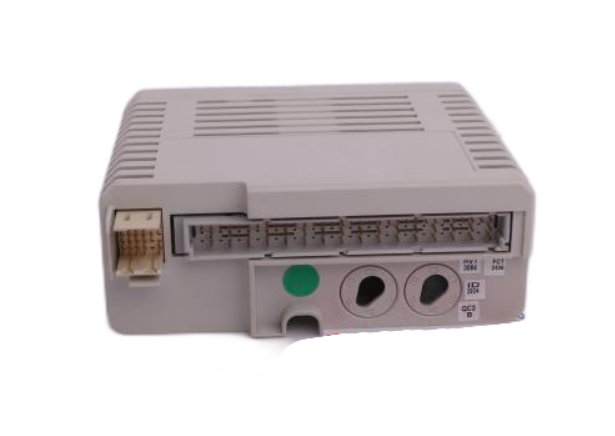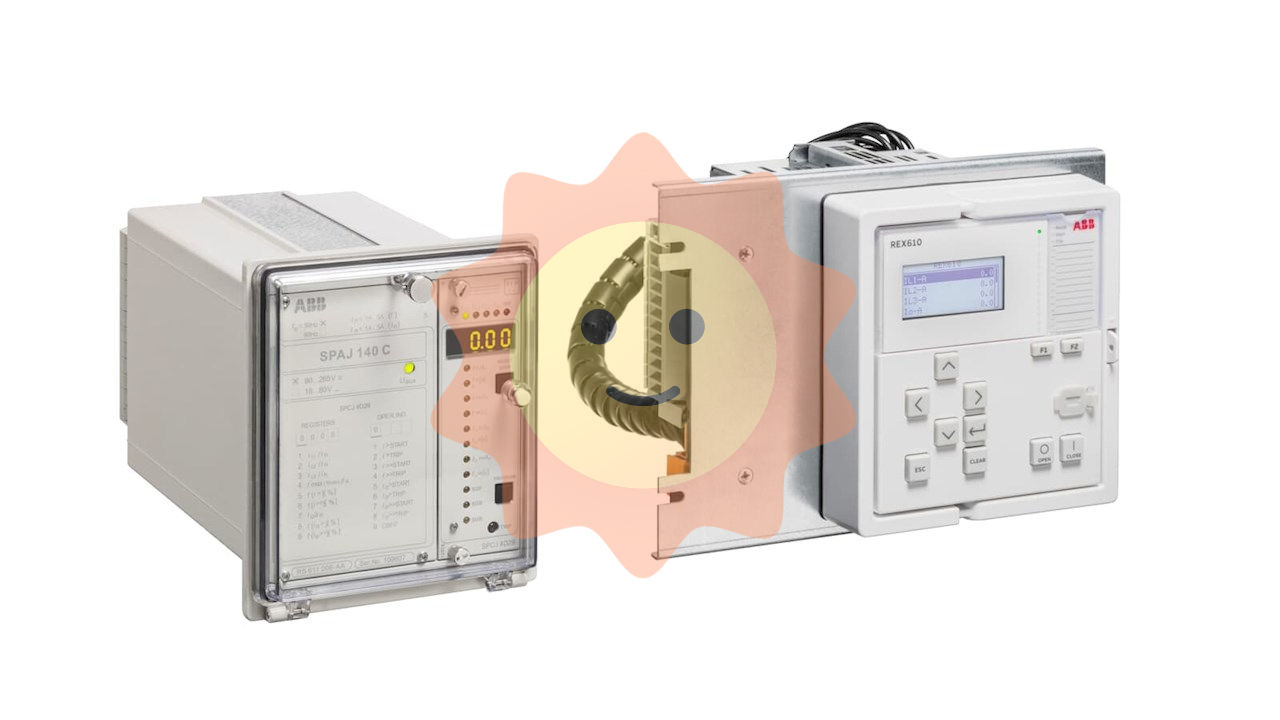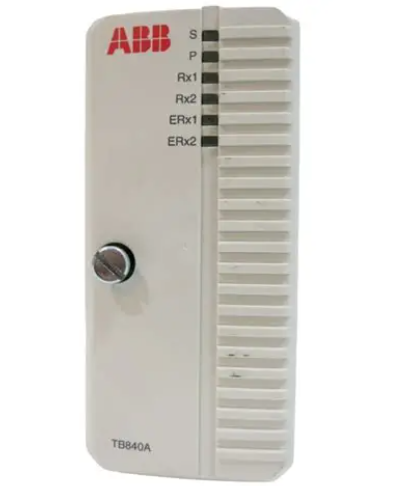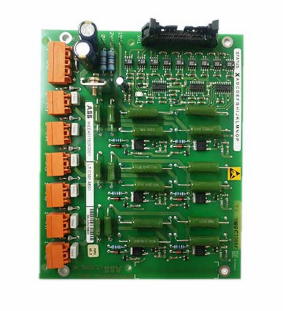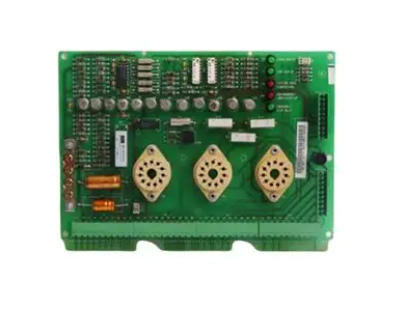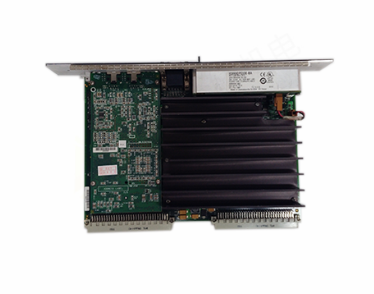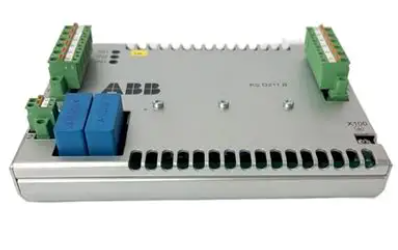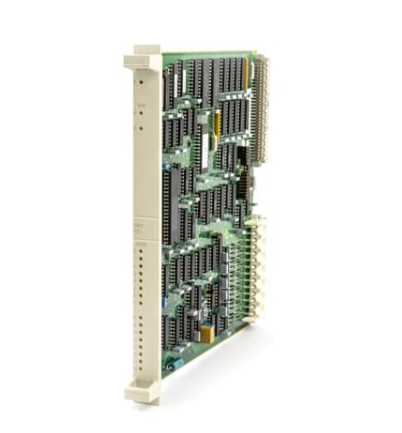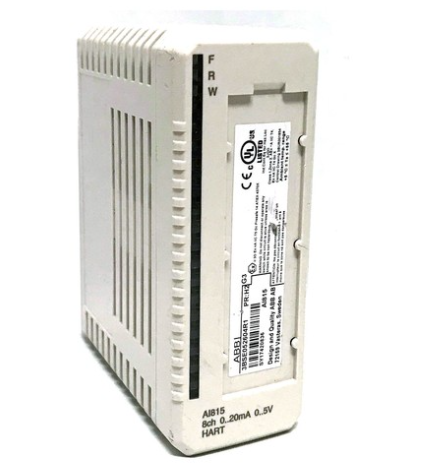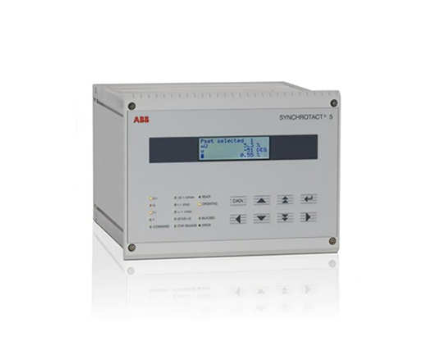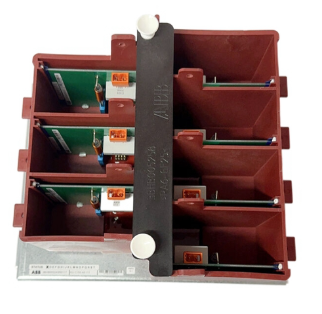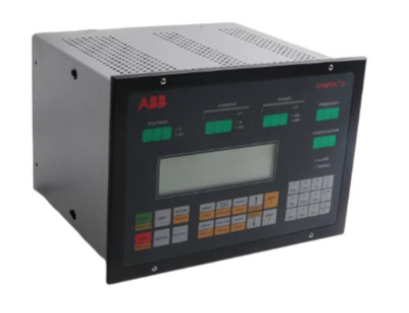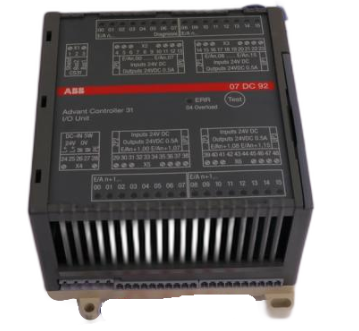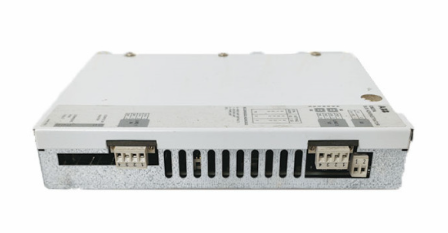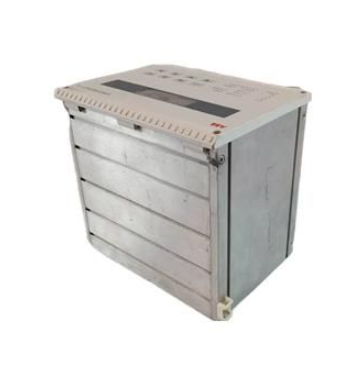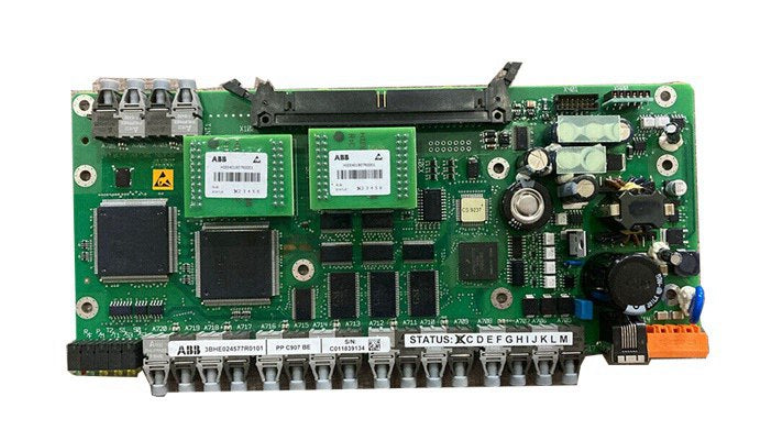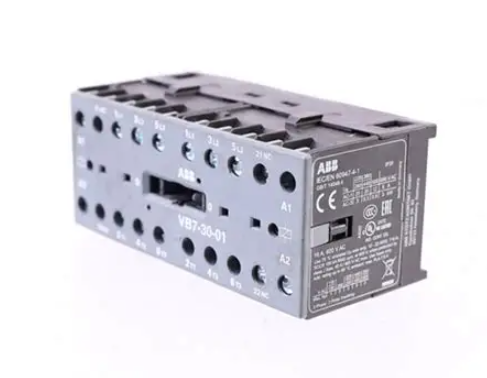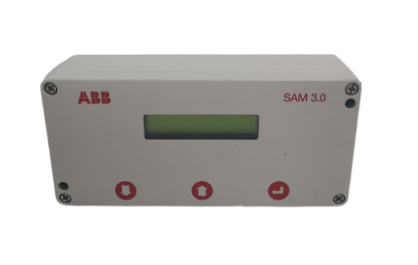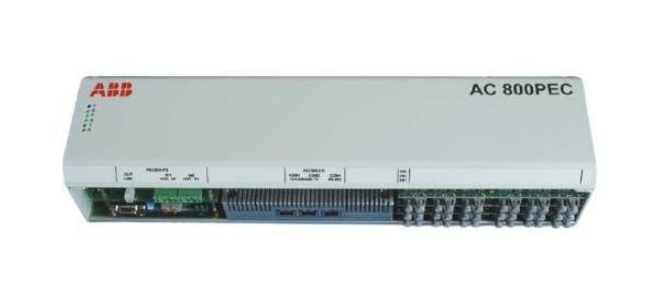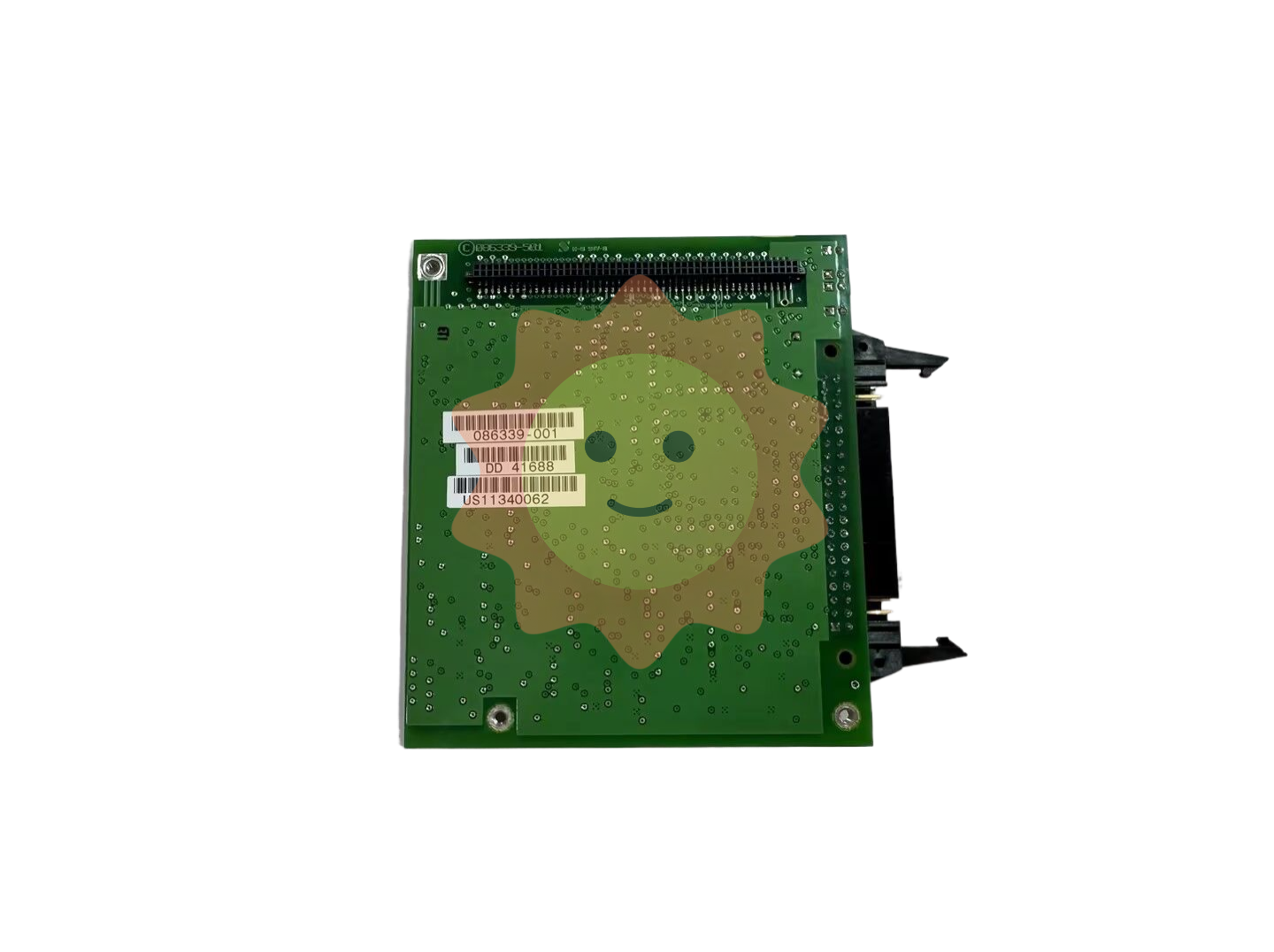Motorola FLN3566A 8 Analog Input
Motorola FLN3566A 8 Analog Input
Product Overview
Motorola FLN3566A 8 Analog Input is an analog input module designed specifically for industrial automation, data acquisition, and monitoring systems. Based on Motorola's profound technical accumulation in the fields of communication and electronics, this module aims to provide stable and accurate solutions for analog signal acquisition and processing in complex industrial environments, helping various industries improve system operation efficiency and intelligence level.
Specification parameters
Number of input channels: With 8 independent analog input channels, it can simultaneously access 8 analog signals, greatly improving the efficiency and comprehensiveness of data acquisition. For example, on the production line of a large factory, it is possible to synchronously collect analog signals from multiple sensors, such as temperature, pressure, flow rate, etc., providing sufficient data support for comprehensive monitoring of the production process.
Input signal types: Supports multiple common analog signal types, including voltage signals (such as 0-5V, 0-10V, ± 5V, ± 10V, etc.) and current signals (such as 4-20mA, 0-20mA, etc.). Users can flexibly choose the corresponding input signal mode based on the sensor output type in actual application scenarios, achieving seamless integration.
Resolution: It has high-resolution characteristics, generally up to 16 bits or higher. High resolution means that the module can more accurately convert analog signals into digital signals, capturing subtle changes in the signal. In the data collection of experimental equipment with extremely high precision requirements or in the quality inspection process of high-end manufacturing, the accuracy of the collected data can be ensured, providing reliable basis for subsequent analysis and decision-making.
Sampling rate: The sampling rate can be flexibly configured according to actual needs, usually ranging from a few Hz to several hundred Hz. In rapidly changing signal acquisition scenarios, such as motor speed monitoring, vibration signal acquisition, etc., a higher sampling rate can timely capture the dynamic changes of the signal and avoid signal distortion; In some scenarios where signal changes are relatively slow, such as environmental temperature monitoring, a lower sampling rate can reduce system resource consumption while meeting requirements.
Input impedance: Suitable input impedance for different types of input signals. For voltage input, the input impedance is usually high (such as greater than 10M Ω) to reduce the load impact on the signal source and ensure the accuracy of signal transmission; For current input, the input impedance is low (such as less than 500 Ω), which conforms to the characteristics of current signal transmission and ensures stable signal input.
Core functions
High precision analog signal acquisition: By using advanced analog-to-digital conversion technology, it is possible to perform high-precision sampling and quantization on the input analog signal. Through the built-in precision amplifier and filtering circuit, the signal is preprocessed to effectively suppress noise interference, improve signal quality, and ensure that the collected analog data accurately reflects the changes in actual physical quantities.
Signal conditioning and conversion: Based on the input signal type and user settings, the signal is automatically conditioned, such as amplification, attenuation, filtering, etc., to convert the signal into a level range suitable for internal processing of the module. At the same time, the analog signal is accurately converted into a digital signal for subsequent transmission through a communication interface to the controller or upper computer for analysis and processing.
Communication interface function: equipped with multiple standard communication interfaces, such as RS-485, RS-232, Ethernet interface, etc. Through these interfaces, FLN3566A can easily communicate with various controllers (such as PLCs, industrial computers, etc.), and quickly and stably transmit the collected analog data to the higher-level control system, achieving centralized management and remote monitoring of data.
Fault diagnosis and alarm: equipped with comprehensive fault diagnosis functions, real-time monitoring of the status of input signals and the working status of the module itself. When signal abnormalities (such as signal loss, overtravel, etc.) or module failures (such as hardware damage, communication failures, etc.) are detected, alarm signals can be generated in a timely manner to notify users through indicator lights, communication interfaces, etc., facilitating quick troubleshooting and problem-solving, and ensuring the normal operation of the system.
Working principle
Signal input and preprocessing: Analog signals are connected to the module through the input interface and first pass through the input protection circuit to prevent damage to the module caused by abnormal conditions such as overvoltage and overcurrent. Next, the signal enters the signal conditioning circuit, which amplifies, attenuates, or filters the signal according to the pre-set signal type and parameters to meet the requirements of subsequent analog-to-digital conversion.
- EMERSON
- Honeywell
- CTI
- Rolls-Royce
- General Electric
- Woodward
- Yaskawa
- xYCOM
- Motorola
- Siemens
- Rockwell
- ABB
- B&R
- HIMA
- Construction site
- electricity
- Automobile market
- PLC
- DCS
- Motor drivers
- VSD
- Implications
- cement
- CO2
- CEM
- methane
- Artificial intelligence
- Titanic
- Solar energy
- Hydrogen fuel cell
- Hydrogen and fuel cells
- Hydrogen and oxygen fuel cells
- tyre
- Chemical fiber
- dynamo
- corpuscle
- Pulp and paper
- printing
- fossil
- FANUC
- Food and beverage
- Life science
- Sewage treatment
- Personal care
- electricity
- boats
- infrastructure
- Automobile industry
- metallurgy
- Nuclear power generation
- Geothermal power generation
- Water and wastewater
- Infrastructure construction
- Mine hazard
- steel
- papermaking
- Natural gas industry
- Infrastructure construction
- Power and energy
- Rubber and plastic
- Renewable energy
- pharmacy
- mining
- Plastic industry
- Schneider
- Kongsberg
- NI
- Wind energy
- International petroleum
- International new energy network
- gas
- WATLOW
- ProSoft
- SEW
- wind
- ADVANCED
- Reliance
- YOKOGAWA
- TRICONEX
- FOXBORO
- METSO
- MAN
- Advantest
- ADVANCED
- ALSTOM
- Control Wave
- AB
- AMAT
- STUDER
- KONGSBERG
- MOTOROLA
- DANAHER MOTION
- Bently
- Galil
- EATON
- MOLEX
- Triconex
- DEIF
- B&W
- ZYGO
- Aerotech
- DANFOSS
- KOLLMORGEN
- Beijer
- Endress+Hauser
- MOOG
- KB
- Moxa
- Rexroth


Email:wang@kongjiangauto.com

